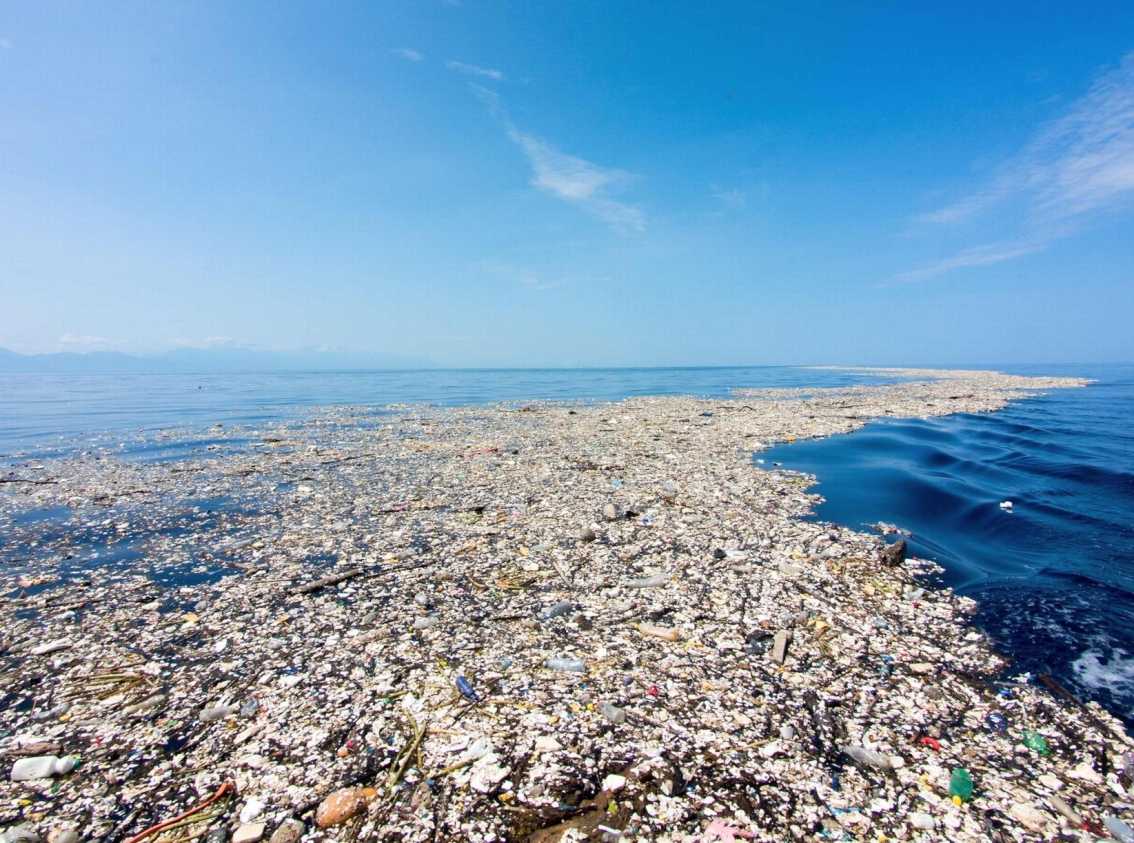
13 November 2018
A response from Hon Eugenie Sage, Associate Minister for the Environment.
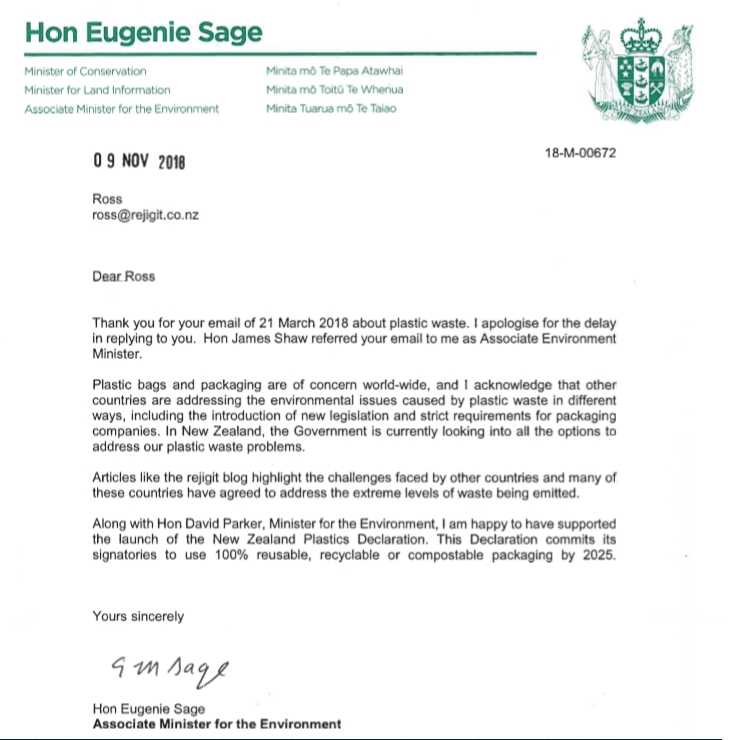
16 March 2018
Where is much of it coming from ?
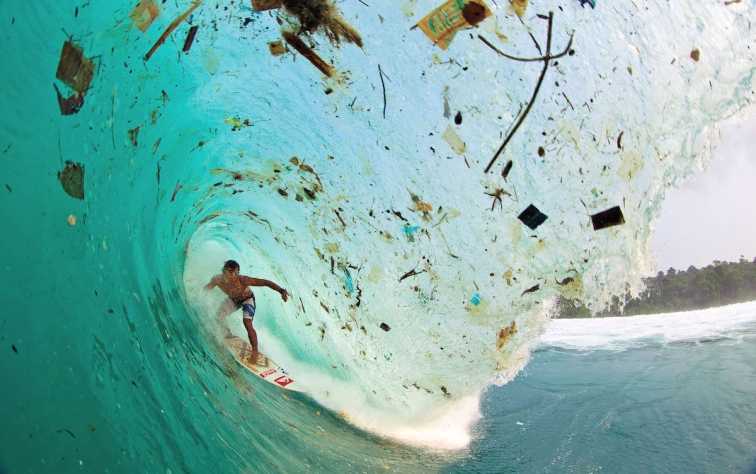
About ninety percent of all the plastic which reaches the world's oceans is flushed through just ten rivers (eight in Asia and two in Africa). In order of guilt; (1) Yangtze River (6380 km. Originates from the Plateau of Tibet and empties into the East China Sea), (2) Indus River (3,180 km. Originates from the Tibetan Plateau and empties into the Arabian Sea near Pakistan's port city Karachi), (3) Yellow River (5,464 km. Originates in the Bayan Har Mountains in Qinghai province of Western China and empties into the Bohai Sea near the city of Dongying in Shandong province), (4) Hai River (1,329 km. Originates near the Beijing region and empties into the Bohai Sea), (5) Nile River (6,853 km. Originates in Burundi, Central Africa and empties into the Mediterranean), (6) Ganges River (2,525 km. Originates in the Himalayas and empties into the Bay of Bengal), (7) Pearl River (2,400 km. Originates in Guangdong province in China and empties into the South China Sea), (8) Amur River (2,824 km. Originates in the western part of Northeast China and empties into the Gulf of Tartary in the Pacific Ocean), (9) Niger River (4,180 km. Originates in the Guinea Highlands of south eastern Guinea and empties into the Gulf of Guinea in the Atlantic Ocean), (10) Mekong River (4,350 km. Originates in the Tibetan Plateau and empties into the Mekong Delta).
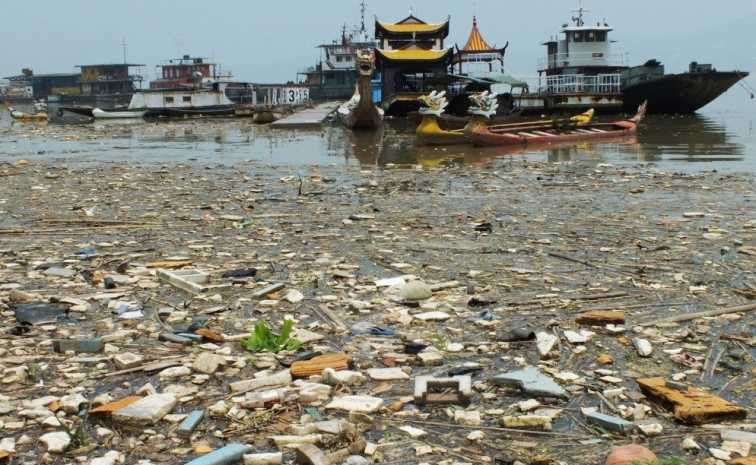
These particular rivers have a number of things in common. All of them traverse regions which have huge populations, hundreds of millions in some cases. What is more salient is that those regions have pathetically inadequate waste collection and recycling infrastructures. There is also pitifully little public consciousness that plastic trash is even a problem and consequently mountains of garbage is simply discarded into the rivers which then conveniently travels somewhere downstream.
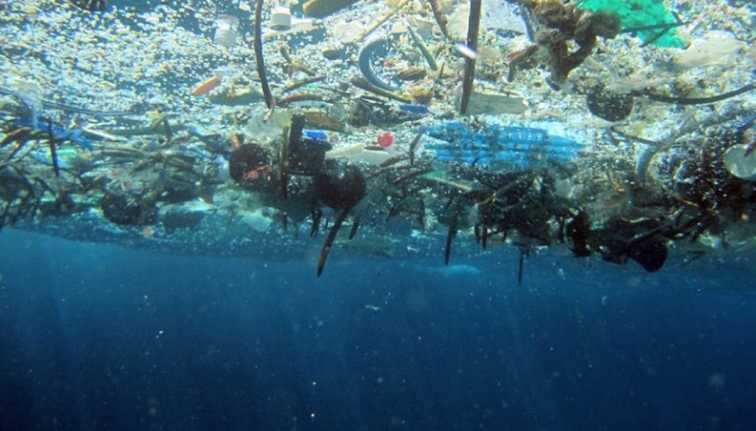
Approximately 80% of marine debris originates from land sources and the other 20%, about 650,000 tons per year, is produced by ocean vessels. Cruise ships represent only 1% of marine vessels but produce about 25% of ship-sourced waste (on average, a single cruise liner passenger produces about 3.5kg of waste per day).
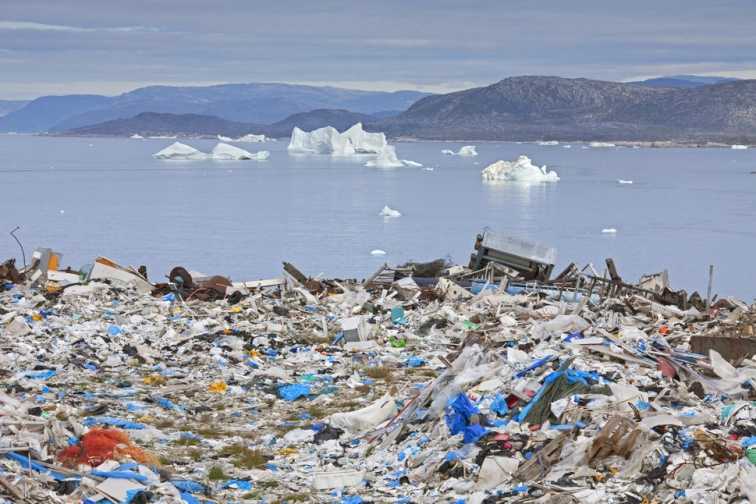
What will it take for relevant Governments to be held to account and for debris barriers to be constructed near the mouths of polluted rivers. It must be possible to include provision for marine vessels to continue to use the rivers and for marine life to transit unhindered.
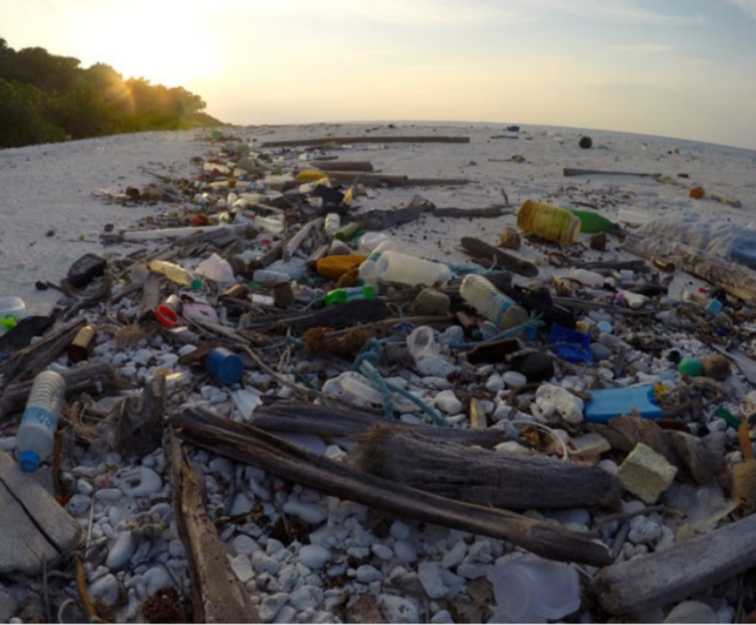
South Sentinel Island is one of the very remote & uninhabited Andaman Islands in the Bay of Bengal.
Rejigit has previously written about “Clever ocean clean-up gear” http://www.rejigit.co.nz/vendor/article.php?uid=7u
Images via various activist organisations and Rejigit wishes all power to their arm.